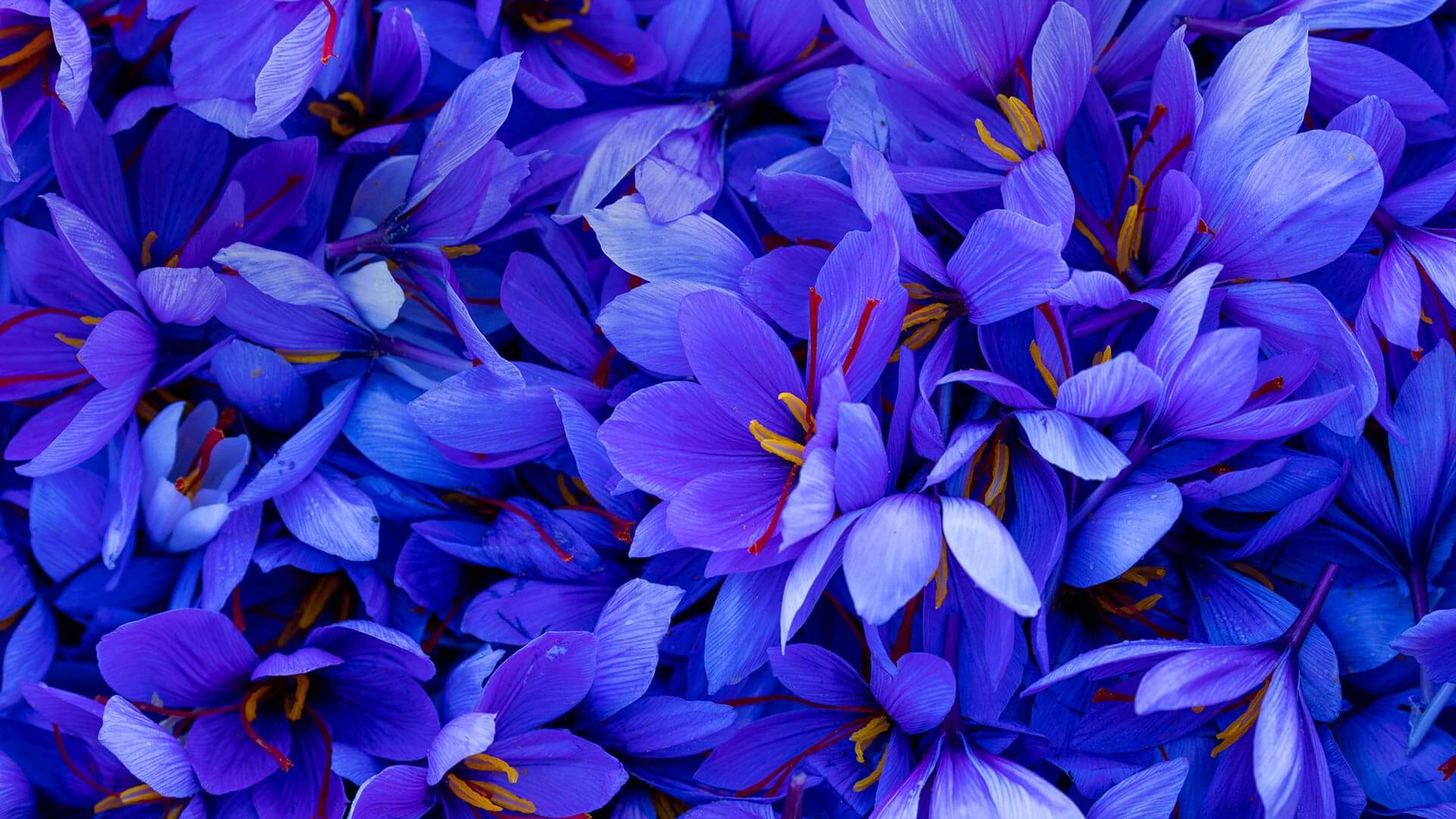The Delicate Source of the World’s Most Precious Spice
The saffron flower, also known as Crocus sativus, produces one of the most luxurious and expensive spices in the world—saffron. Despite its delicate appearance, this purple flower yields vibrant red stigmas that have captivated the culinary, cosmetic, and pharmaceutical industries for centuries. Understanding the saffron flower’s characteristics, growth cycle, and harvesting process is essential for those involved in its trade or cultivation.Saffron Flower

What Makes the Saffron Flower So Valuable?
Each saffron flower produces only three red stigmas, which workers carefully handpick during harvest. It takes approximately 150,000 flowers to yield just one kilogram of dried saffron. This labor-intensive process, combined with the short blooming period, drives up its market value.
Moreover, the saffron flower thrives in particular climate conditions. It grows best in dry, well-drained soils, often in regions with hot summers and cold winters, such as Iran, India (Kashmir), Spain, and Afghanistan. Therefore, only a few areas worldwide can cultivate it successfully.
In addition, the flower’s aromatic compounds—crocin, picrocrocin, and safranal—concentrate in the stigmas. These compounds create saffron’s intense color, flavor, and aroma.
Saffron Flower Cultivation and Harvesting Process
Growing and harvesting the saffron flower requires skill, patience, and careful timing. Here are the key steps:
-
Planting Corms: Farmers plant corms (not seeds) in well-prepared soil between June and August, depending on the region.
-
Flowering Period: The plants bloom during October and November, producing beautiful purple flowers early in the morning. Since the flowers wilt quickly, farmers must harvest promptly.
-
Hand Harvesting: Workers handpick the flowers at dawn before the sun opens them fully. This ensures the stigmas remain intact and potent.
-
Stigma Separation: After harvesting, workers open each flower to remove the three red stigmas carefully.
-
Drying and Packaging: Farmers dry the collected stigmas under controlled conditions to preserve color and aroma. They then store them in airtight, light-protected containers.
Furthermore, proper storage is crucial. Exposure to air, light, or moisture degrades saffron’s quality, which lowers its market value and effectiveness.Saffron Flower
Commercial Significance of the Saffron Flower
The saffron flower holds immense economic and cultural value:
-
High Export Demand: Countries like Iran and Spain export tons of saffron annually, significantly contributing to their agricultural economies.
-
Growing Global Market: Rising demand in gourmet cooking, natural cosmetics, and herbal medicine has turned saffron production into a profitable niche.
-
Branding Opportunity: Farms and suppliers often use saffron flower imagery in branding to emphasize purity and authenticity.
As a result, saffron flower cultivation presents a unique opportunity for both traditional farmers and modern agricultural investors.
Small but Mighty
Although the saffron flower looks fragile, it plays a powerful role in global trade and culture. From the painstaking harvest to its unmistakable color and scent, every aspect of this flower contributes to saffron’s global prestige. In conclusion, understanding and appreciating the saffron flower forms the foundation for quality production and smart investment.






